
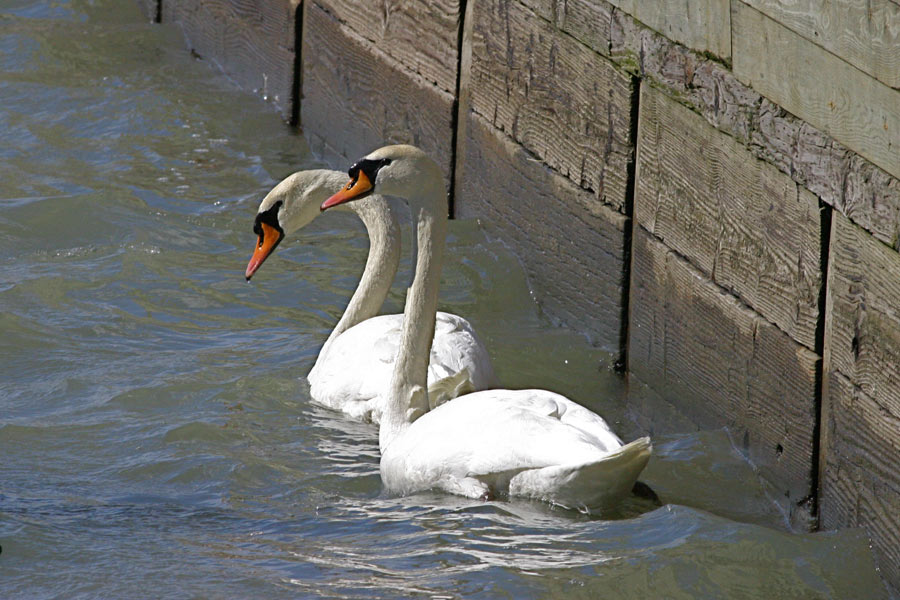
Penny, front, and Tycho on March 11, 2009. They were unfazed by yesterday's high winds.
Arrrrgggghhhh! March 12 and we who live in this city by the lake woke up to a light dusting of snow this morning. Thankfully, there wasn’t much and it was short-lived, once the warming rays of the sun got to work on it.
That’s mercurial March, though, isn’t it? Blustery, changeable, prone to extremes.
Turns out we had winds yesterday of 80 kilometres per hour. That’s probably why I didn’t see too many critters out yesterday on my perambulations at the beach. The sensible creatures were all hiding out from the elements in their cosy dens and nests.
Penny and Tycho, I guess, are stronger than the wind, because they were out in the wildest of the winds, puddling about in the motor boat launch areas at the end of the parking lot. They have been there a lot lately. . . likely looking for the handouts from well-meaning but ill-informed humans.
One guy I spoke to last week told me that he had been feeding the swans bread and French fries. I hope they weren’t salted. I’ve recently been reading up about swan biology at a very helpful and interesting website about the swans in Lost Lagoon in Vancouver’s Stanley Park. In particular, there is a page about what the L.L. swans eat, and a section entitled “Why the public is asked not to feed the swans.” Salt, and empty calories like those found in white plastic bread — and fries, too — are no nos. Check it out yourself here.
At this point, at least, the French fries don’t seem to have taken a toll on our swans. Penny and Tycho appear to be the picture of health (and still such a wonderful couple!) Their feathers are glossy and their eyes beautiful and clear. Hmm. It occurs to me that these are indicators of healthy dogs (people, too, often) but may have no relevance to Cygnus olor….
Well, that’s it for me today. I’m off to read more about swan biology….and see if there is anything I can do to help P and T as the seasons change. Soon our little patch of wild Toronto will be overtaken by hordes of humans who will soon be making their way to enjoy our beach. And all of them, should they catch a glimpse of two begging swans, will want to share their fries.
©BCP 2010

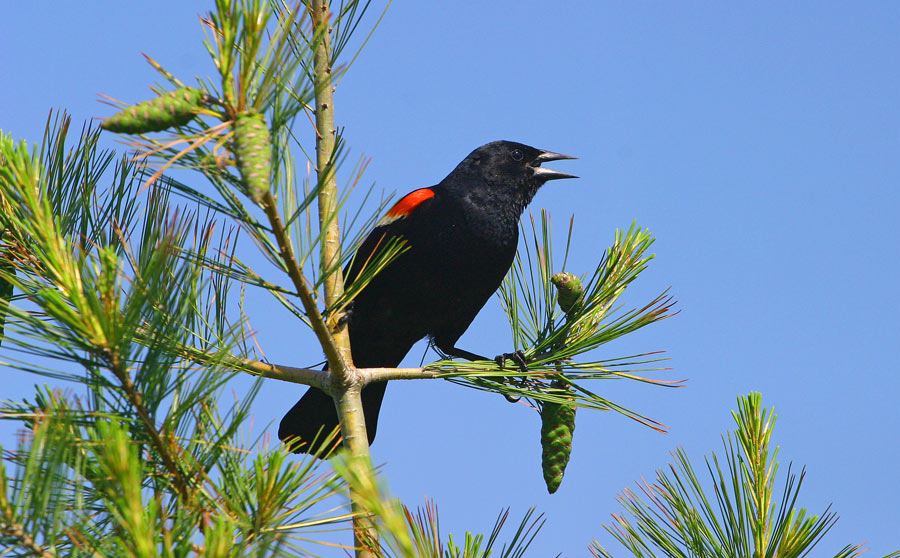


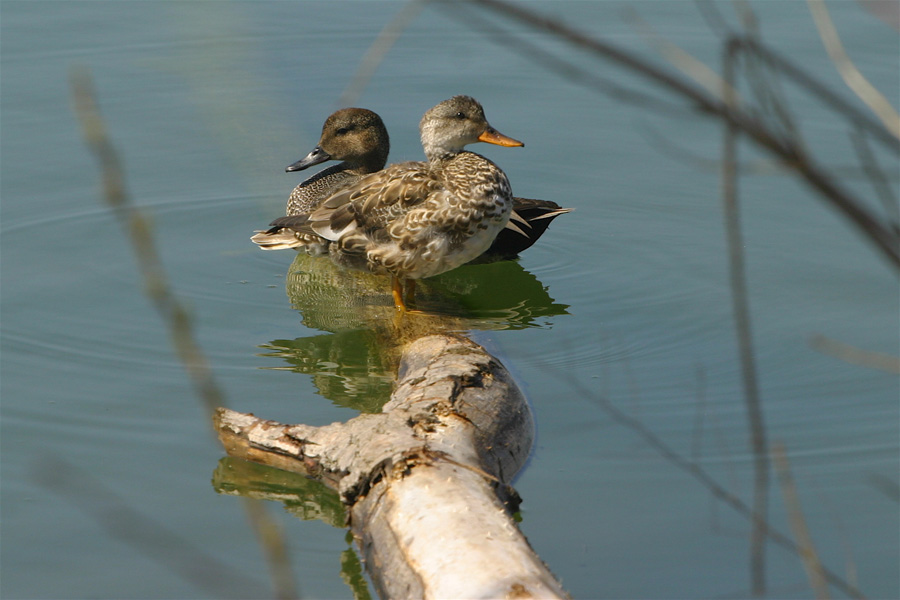
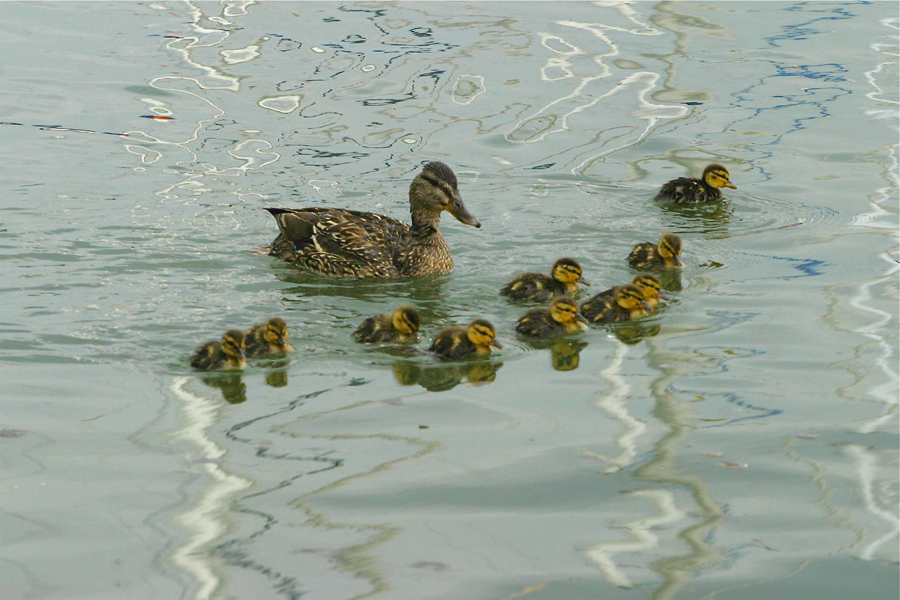
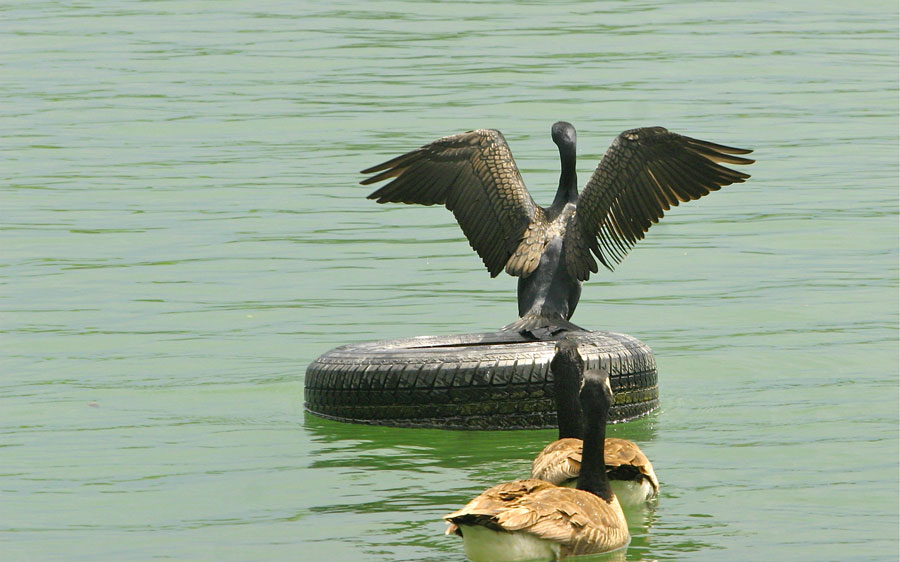
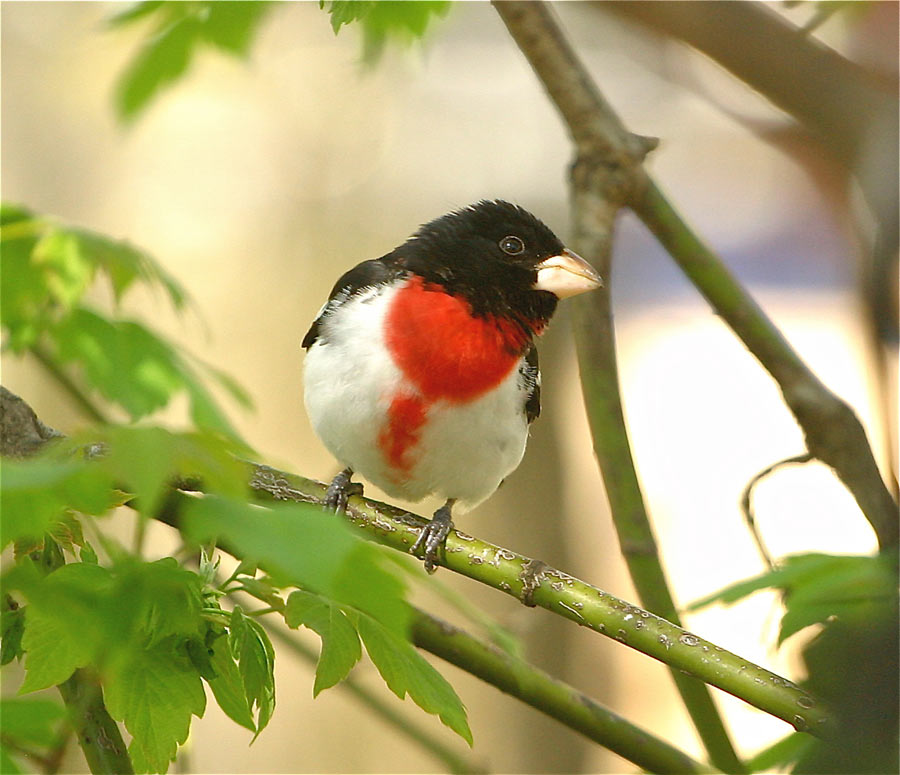

no comments